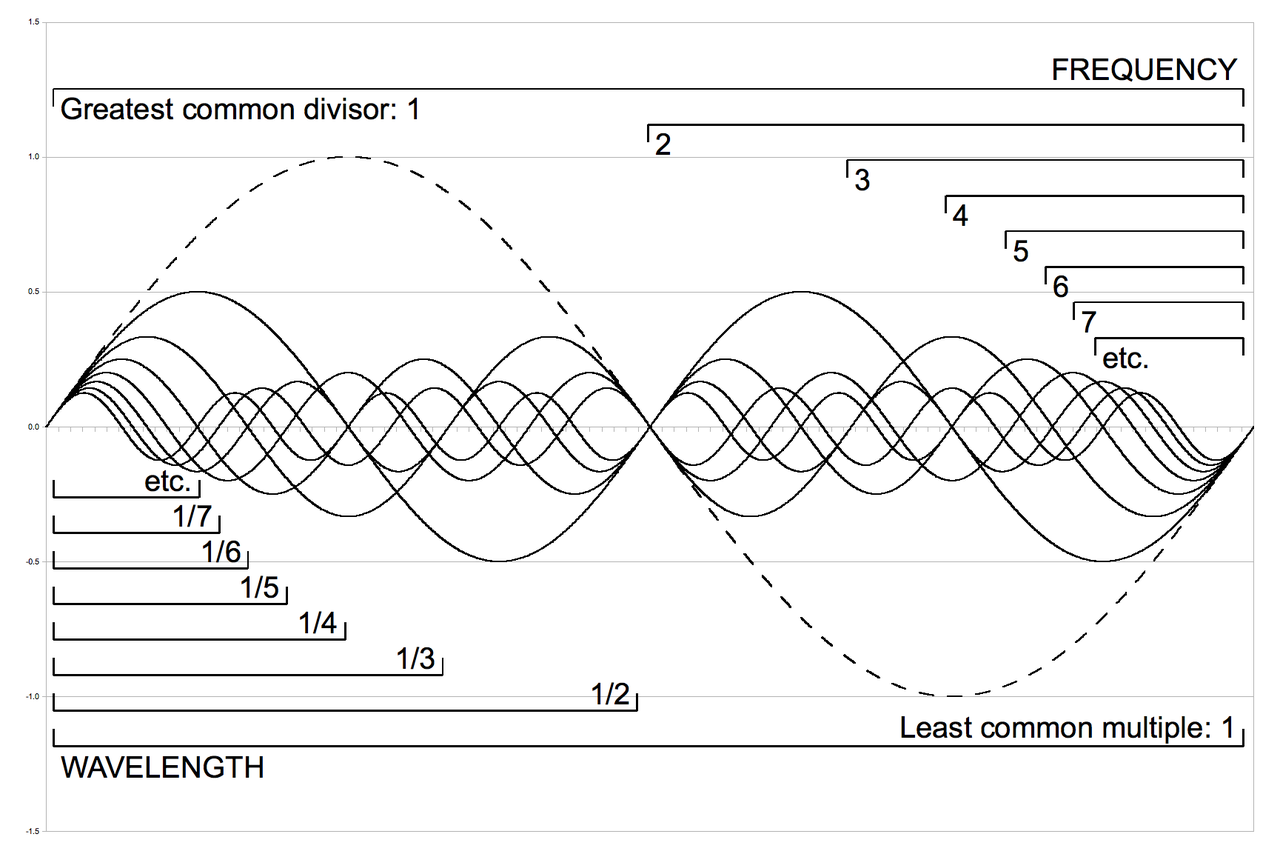기음 누락 효과
Missing Fundamental effect, 근본없는 현상
기음 누락 효과는 오디오 인식 및 청취에 관련된 현상 중 하나입니다. 이 현상은 주파수 스펙트럼에서 기음이 누락되었음에도 불구하고, 상위 배음들이 존재함으로써 사람들이 주파수를 인지하는 방식에 대한 것입니다.
기음 누락 효과는 주로 음악에서 발생하며, 악기가 발생시키는 소리의 특징 중 하나입니다. 일반적으로, 음악 악기는 주파수의 다양한 배음을 생성합니다. 예를 들어, 주파수가 100Hz인 악기의 배음수에는 200Hz, 300Hz, 400Hz 등이 있습니다. 그러나 때로는 기본 주파수(100Hz)가 실제로 누락되어도 상위 배음만으로도 해당 주파수를 인식할 수 있습니다.
이는 인간의 청각 시스템이 기본 주파수를 추정하기 위해 상위 배음들을 처리하고 결합하는 경향이 있기 때문에 발생합니다. 즉, 청각 시스템은 오디오 입력에서 상위 배음들의 조합을 기반으로 기본 주파수를 재구성하려고 시도합니다. 이런 현상은 기본 주파수가 없더라도 인간이 음악을 인식하는 데 영향을 미칠 수 있습니다.
Missing Fundamental effect
The missing fundamental effect is a phenomenon related to audio perception and listening. This phenomenon occurs when the fundamental frequency is absent from the frequency spectrum, yet the higher harmonics are present, allowing people to perceive the fundamental frequency.
The missing fundamental effect is primarily observed in music, as musical instruments produce a variety of harmonics along with the fundamental frequency. For example, an instrument with a fundamental frequency of 100Hz will have harmonics at 200Hz, 300Hz, 400Hz, and so on. However, sometimes the fundamental frequency (100Hz) may be missing, yet the presence of higher harmonics alone can still lead to the perception of that frequency.
This occurs because the human auditory system tends to estimate the fundamental frequency by processing and combining the higher harmonics present in the audio input. Thus, even in the absence of the fundamental frequency, the human auditory system attempts to reconstruct it based on the combination of higher harmonics. This phenomenon can influence how humans perceive music even in the absence of the fundamental frequency.
Reference
[공지]회원 가입 방법
[공지]글 작성 및 수정 방법

